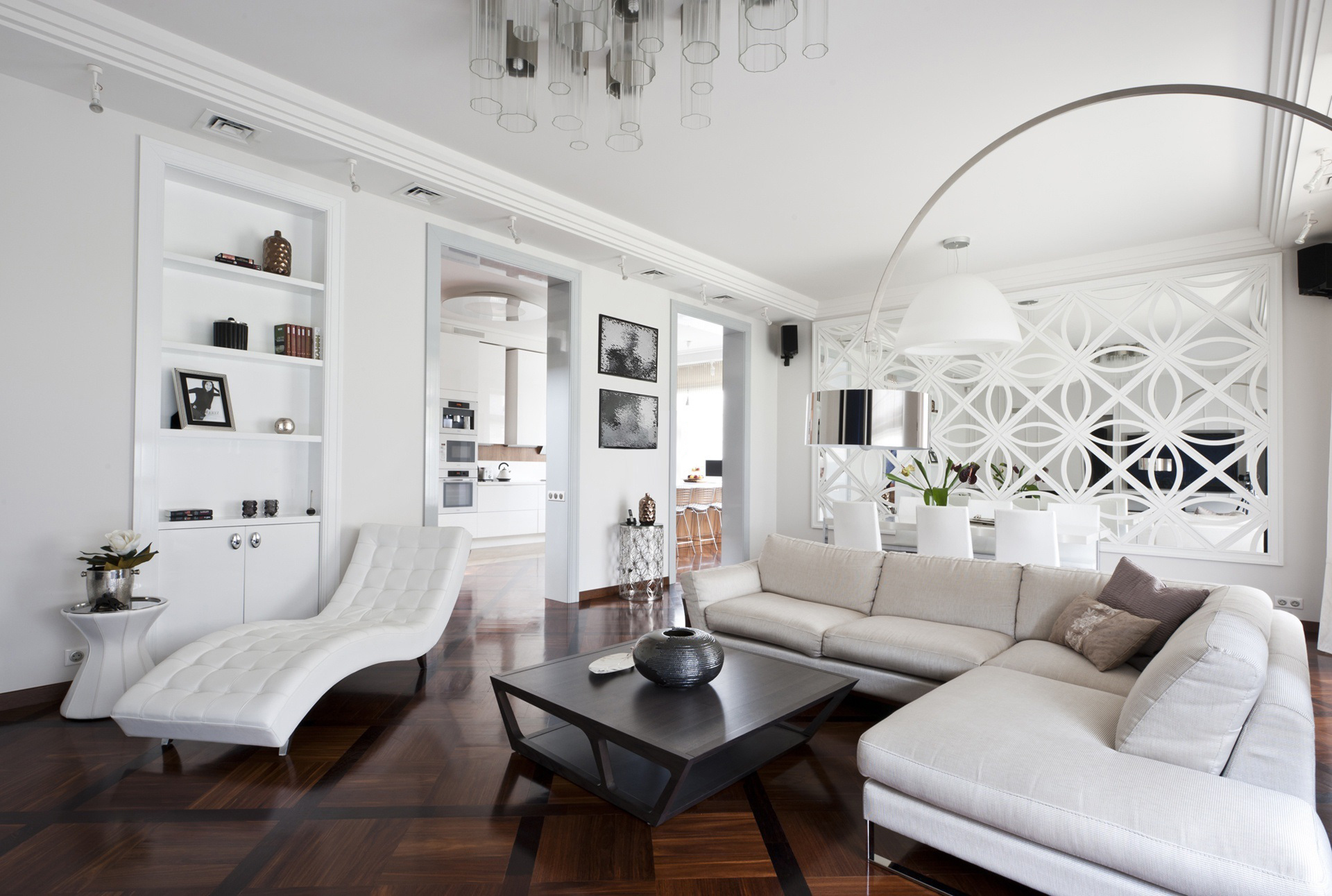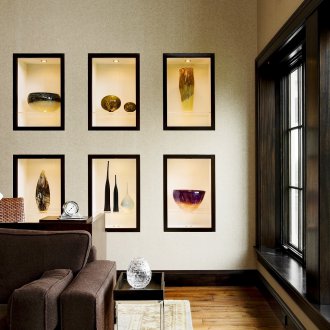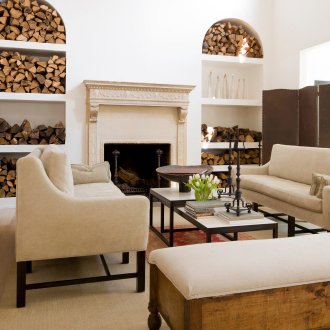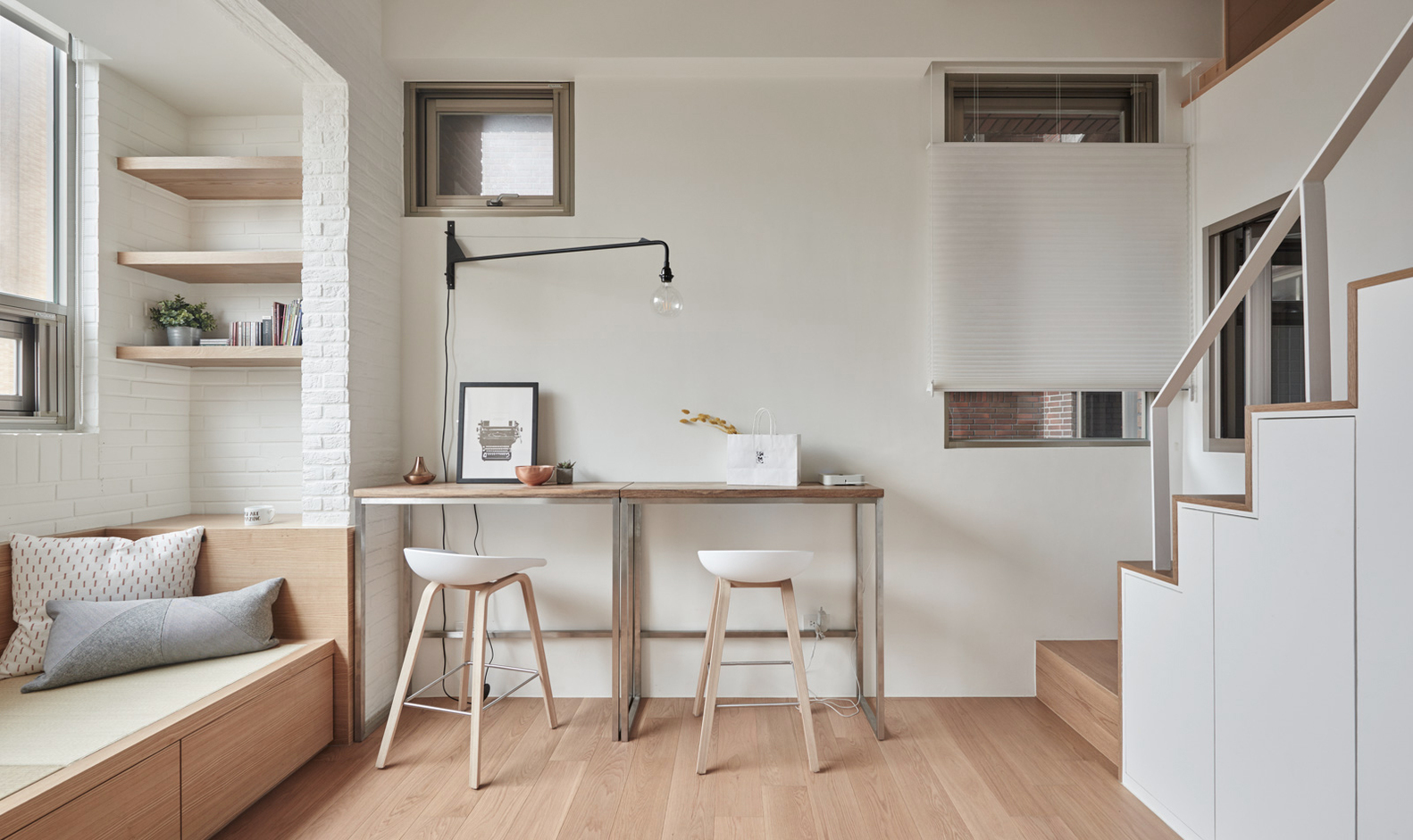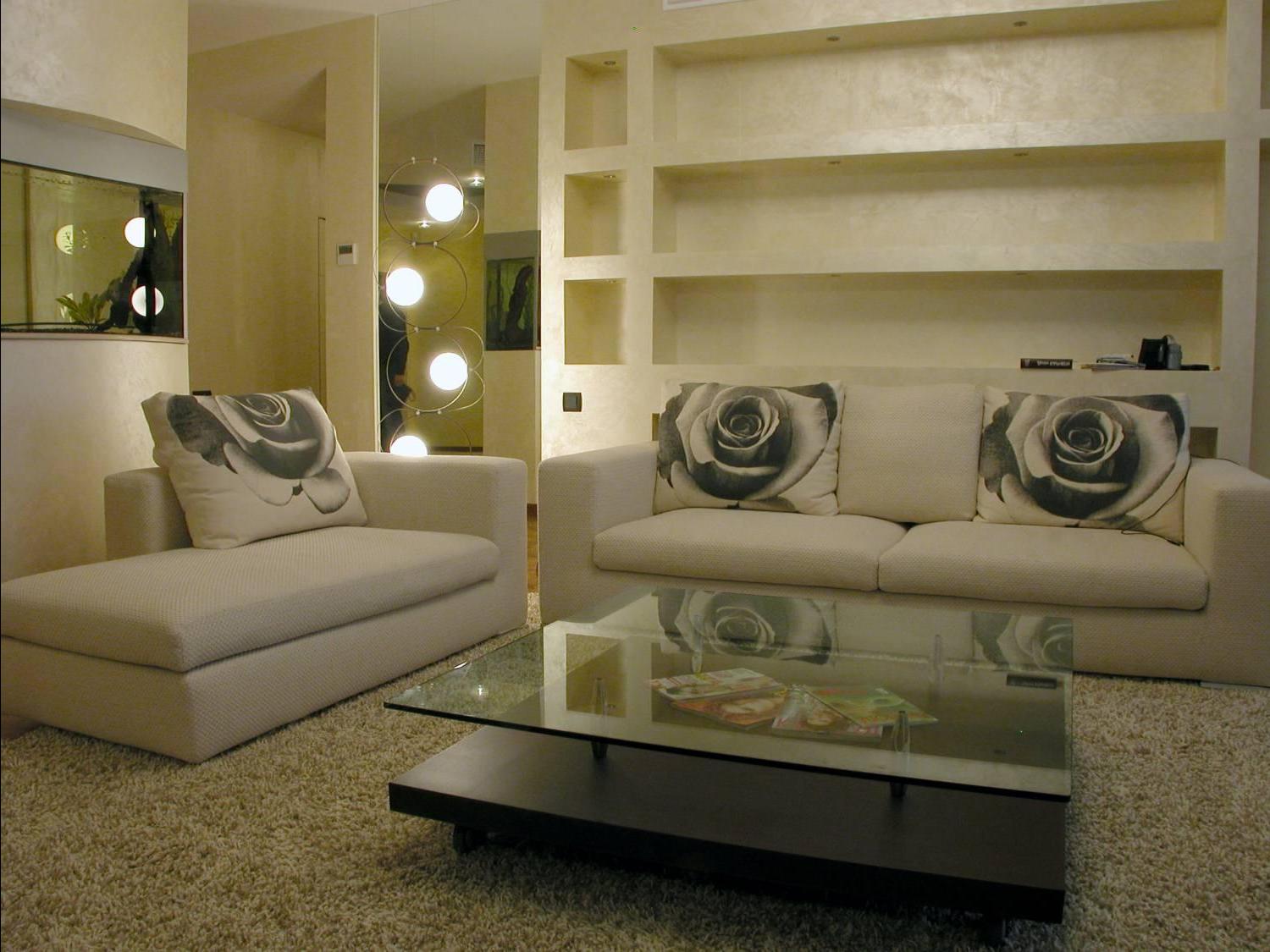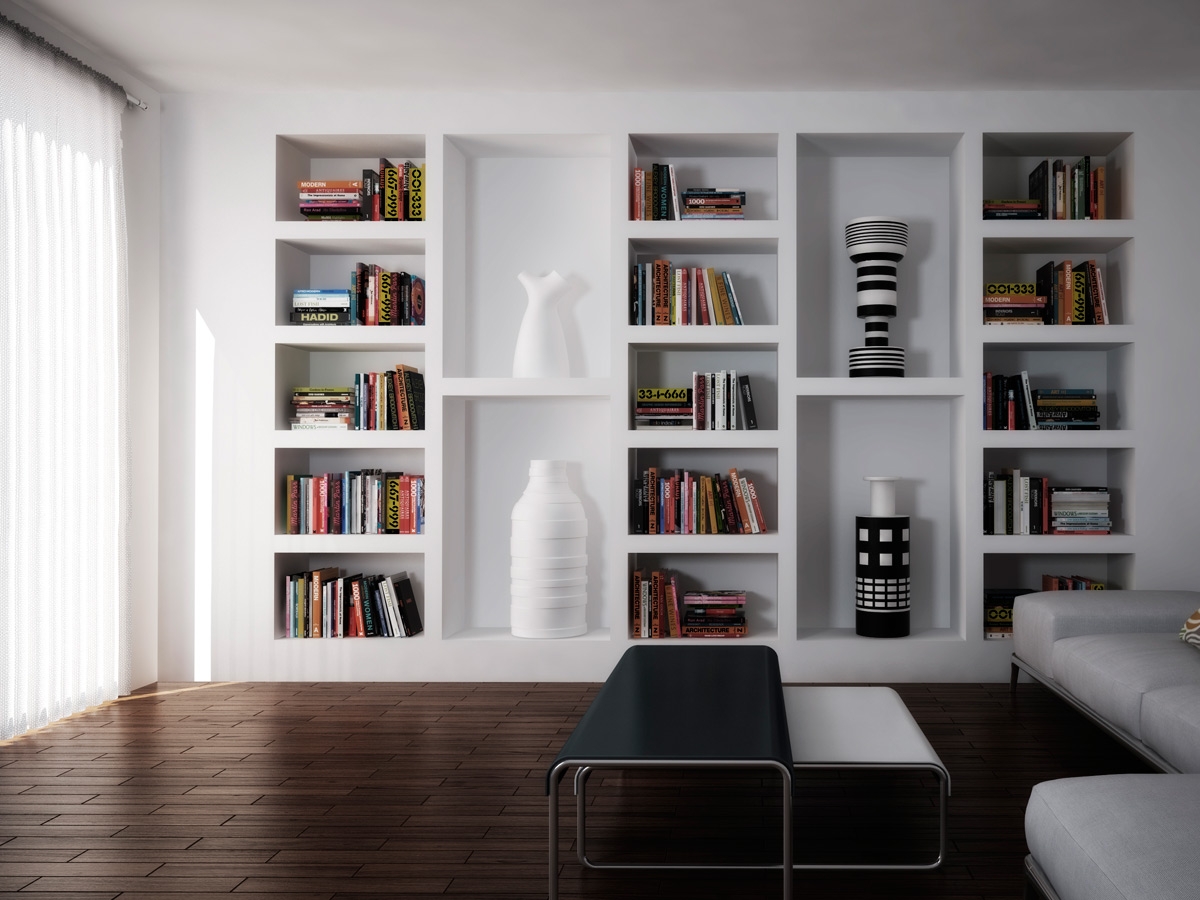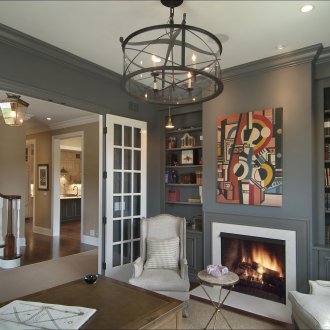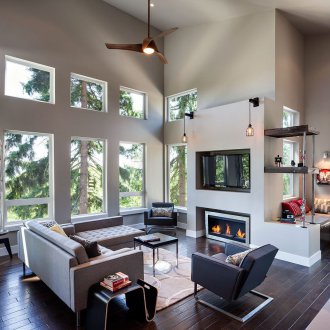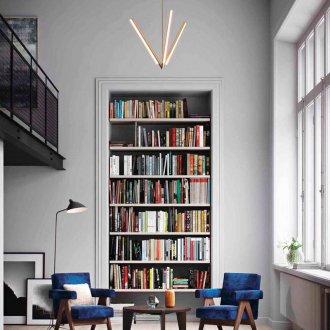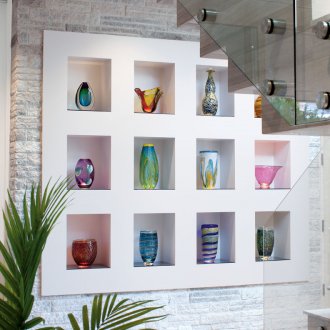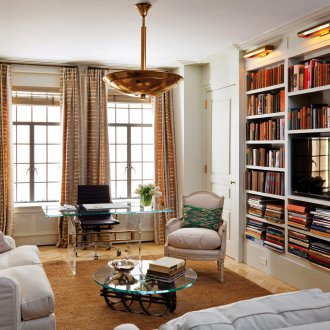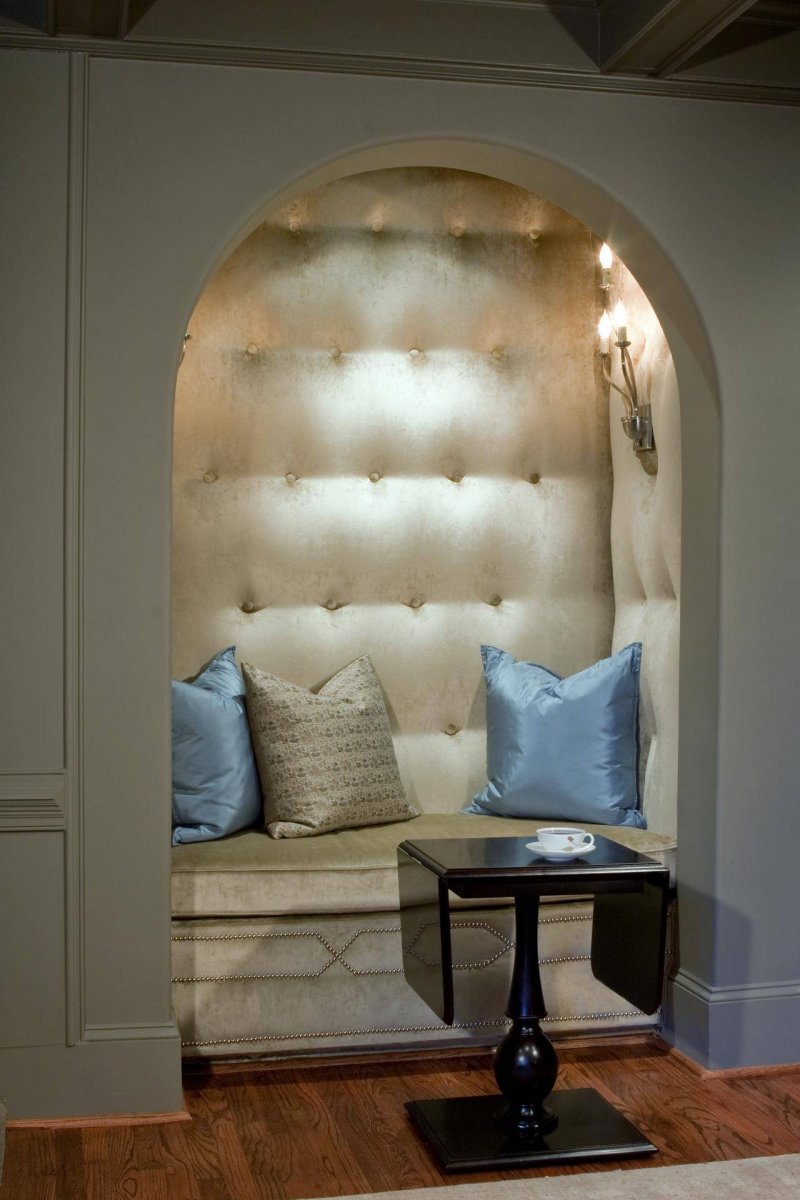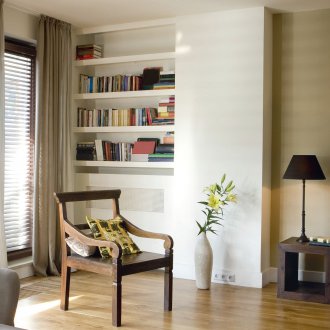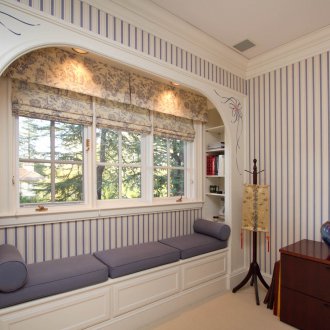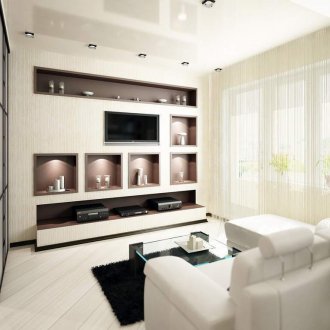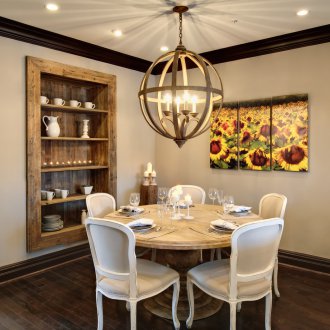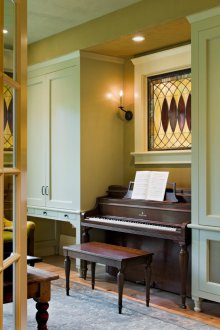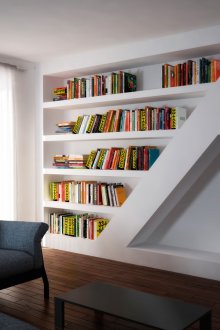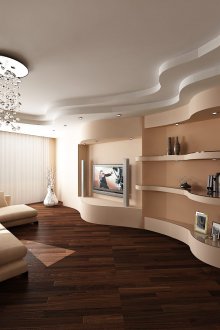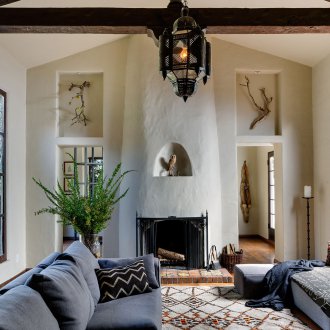Niche in the living room: features of the layout (25 photos)
The modern design of residential premises increasingly involves the use of wall niches, the presence of which, allows you to give the room a unique and special charm. The niches in the interior of the living room are small recesses made in the wall (usually more than 20 centimeters), which can be either utilitarian or purely decorative.
Today, because of their enormous popularity, they are often foreseen already in the design of buildings. The presence of a niche in the wall, made with one's own hand, allows you to create one-of-a-kind interesting architectural compositions. Almost anyone who wants to decorate their home can make such recesses or indentations.
Niches made of drywall in the living room are an excellent and easily implemented alternative to furniture walls that have already gone out of fashion. And especially relevant is the idea of creating a niche in the living room when it comes to interior design of a small apartment, consisting of one or two rooms. The recess in the wall in this case can be turned into a niche for the TV, and even become an alcove, and not just a shelf for books.
Such specially made recesses in the wall can be an excellent design option for decor, using not only the shape of the architectural element, but also the play of light, as well as the resulting shades and shades. A niche in a drywall wall gives the interior of any room more dynamics and makes it more pronounced, therefore in modern design art it is also often used as an exclusively decorative element, which artists use to change their visual perception, for example, the true dimensions of the existing free space .
How to create a niche?
A niche in a room with a wall having, for example, a thickness of 25 cm, can give an additional about 20 cm of depth. If you need more depth, if you want to place a not quite small object in a niche, you can build an additional protruding shelf on which you can easily put video equipment and audio equipment.
A niche for the TV in the living room allows you to hide all the wires that fit the TV, while the plasma or LCD panel itself will also not stand out much in the overall design of the room.
If you do not need furniture such as bulky cabinets and multi-tiered racks, you can also make several shelves for books, decorative vases or photo frames in a niche. A special aesthetic effect will give the resulting design an internal illumination of a niche.
In general, the lighting design of a niche in a living room or in any other room requires not only knowledge of the basics of electrical engineering, but also artistic taste. Properly selected lighting, its color and the location of light sources can give the home more comfort and charm, highlight some interesting objects in it, focusing on them the attention of the viewer.
In niches horizontally located, LED spotlights look especially good. If you place several paintings in such a niche, make its walls mirrored, then miniature sconces will also be an excellent addition, and for LED niches stretching to the ceiling, LED strips are suitable.
How can I use a niche?
If your living room is large enough, but you don’t want to overload it with furniture, then in this room you will be able to select a separate corner and build a niche yourself using plasterboard sheets. Using a number of drywall partitions, you can protect the selected location from several sides.
As a result, the resulting cozy corner can become in the living room with a niche:
- a berth with a single piece of furniture in the form of a bed or sofa;
- children's playground;
- mini gym;
- a showcase for the exhibition of your handicrafts or various collections;
- a small office;
- a place for an aquarium or for a cage with birds;
- a dining room or just a designated place for eating;
- the library;
- a wardrobe or other room of some specialized purpose.
Rules that should be followed when creating niches:
- highlighting the space, it is better to choose the corners of rooms without furniture;
- it is better not to use a wall with a window for a niche, as the illumination of some parts of the living room may deteriorate;
- To avoid problems during construction, consider the location of the switches and sockets, as well as the route of the wiring.
Necessary tools and materials
For work you may need:
- water level (or laser);
- roulette;
- metal measuring ruler;
- drill (and preferably a perforator);
- screwdriver;
- Bulgarian;
- liquid Nails;
- metallic profile;
- gypsum boards (the thickness of which should be selected depending on the expected load on the niche);
- reinforcing tape;
- Decoration Materials.
The sequence of work when designing a living room niche:
- Define a place for a niche.
- Create a model of this interior element either in the form of a drawing on paper, or using computer graphics programs.
- Calculate the required amount of materials.
- They buy the necessary materials.
- Move and / or cover with cloth furniture located near the future place of work;
- Marking is made on the wall.
- Carry out the fastening of metal profiles.
- The frame created from the profiles is sheathed with drywall.
- A reinforcing tape is glued to the joints.
- Niche finish.
As a rule, during the finishing work, gypsum plasterboards are putty, and then coated with a concentrate primer to improve adhesion to the wallpaper. Paint and decorative plaster will also lie better on the surface thus prepared. There are also options for niches, which are used to decorate:
- fake diamond;
- mosaic;
- stained glass;
- plastic and other materials.
As we found out, a niche in a living room can have both decorative and applied purposes, and there are no restrictions. How you use it depends mainly on your imagination. The only rule is that if you already have a niche in the living room, then you can not ignore such free space, and then it will be a great addition to the interior design.



